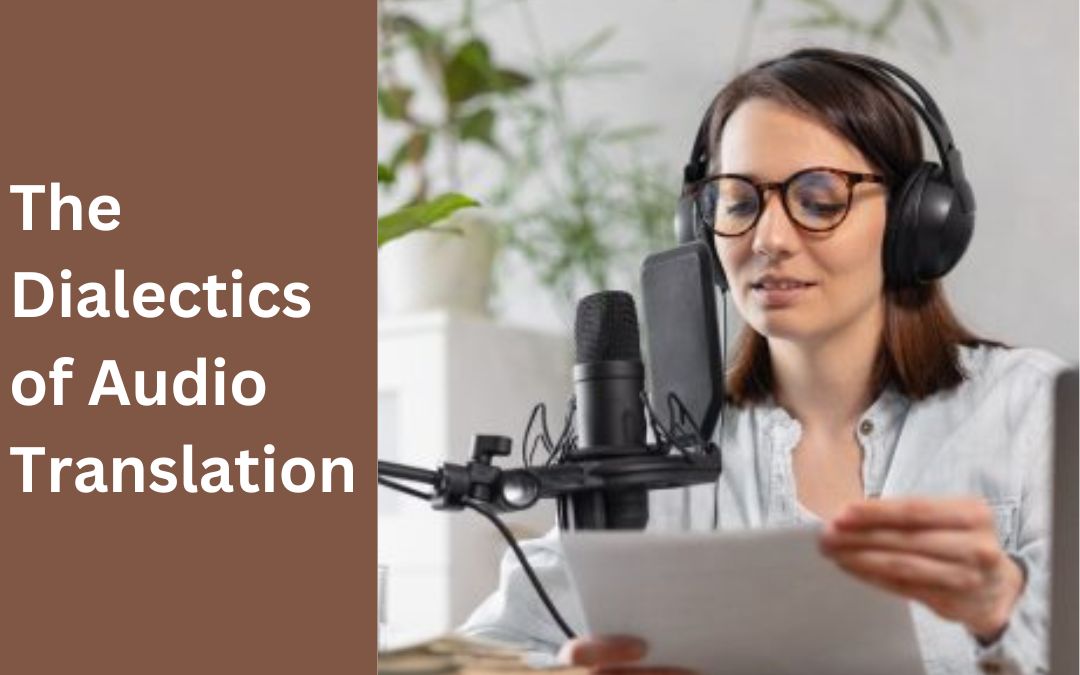Audio translation involves converting spoken words from one language into another. The dialectics of audio translation refer to the dynamic interplay between the challenges and advancements in the field. Here are some key aspects to consider:
- Speech Recognition Technology:
- Challenge: Accurate speech recognition is crucial for audio translation. Dialects, accents, and variations in pronunciation can pose difficulties for automated systems.
- Advancement: Improvements in machine learning and artificial intelligence have enhanced speech recognition capabilities, enabling better accuracy in identifying spoken words.
- Natural Language Processing (NLP):
- Challenge: NLP algorithms need to understand the nuances of language, including context, idioms, and cultural references.
- Advancement: Ongoing developments in NLP contribute to better contextual understanding, allowing translation systems to capture the intended meaning of spoken words more accurately.
- Dialectal Variations:
- Challenge: Different regions and communities may have distinct dialects, making it challenging for translation systems to accurately interpret and convey the intended message.
- Advancement: Some translation systems are designed to recognize and handle dialectal variations, providing more tailored and contextually appropriate translations.
- Cultural Sensitivity:
- Challenge: Translating audio involves not only linguistic elements but also cultural nuances. Ensuring cultural sensitivity in translations is crucial for accurate communication.
- Advancement: Advances in cross-cultural understanding algorithms contribute to more culturally aware translations, reducing the risk of misinterpretation.
- Real-time Translation:
- Challenge: Achieving real-time audio translation poses technical challenges, as delays in processing can hinder smooth communication.
- Advancement: Some applications and devices now offer real-time audio translation, leveraging powerful processing capabilities to minimize delays and provide instant translations during conversations.
- Quality and Context:
- Challenge: Maintaining translation quality and context accuracy is essential, especially in complex or specialized topics.
- Advancement: Ongoing improvements in translation models, such as neural machine translation, contribute to higher-quality translations by capturing intricate linguistic structures and nuances.
- Human Involvement:
- Challenge: While automated systems play a significant role, human involvement remains crucial for ensuring nuanced and contextually accurate translations.
- Advancement: Hybrid approaches that combine machine translation with human review and editing contribute to higher overall translation quality.
In the dialectics of audio translation, the field is in a constant state of evolution, with advancements addressing challenges and raising new possibilities. Achieving optimal results often involves a balanced integration of technology and human expertise to navigate the intricacies of language, culture, and context.

